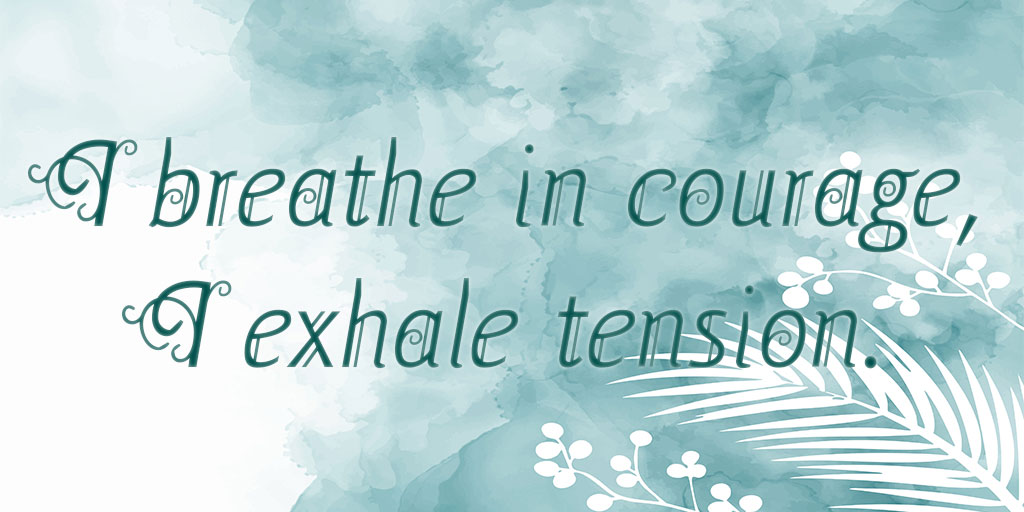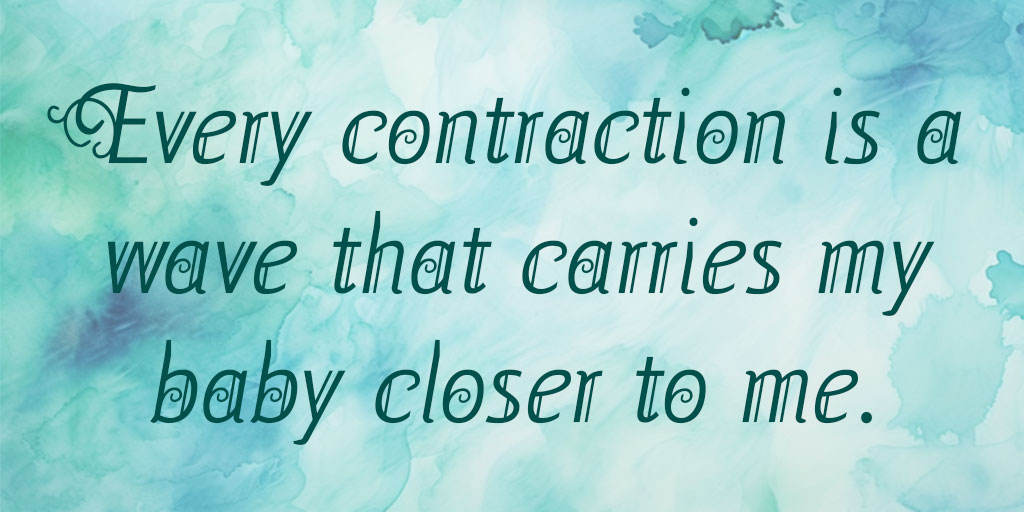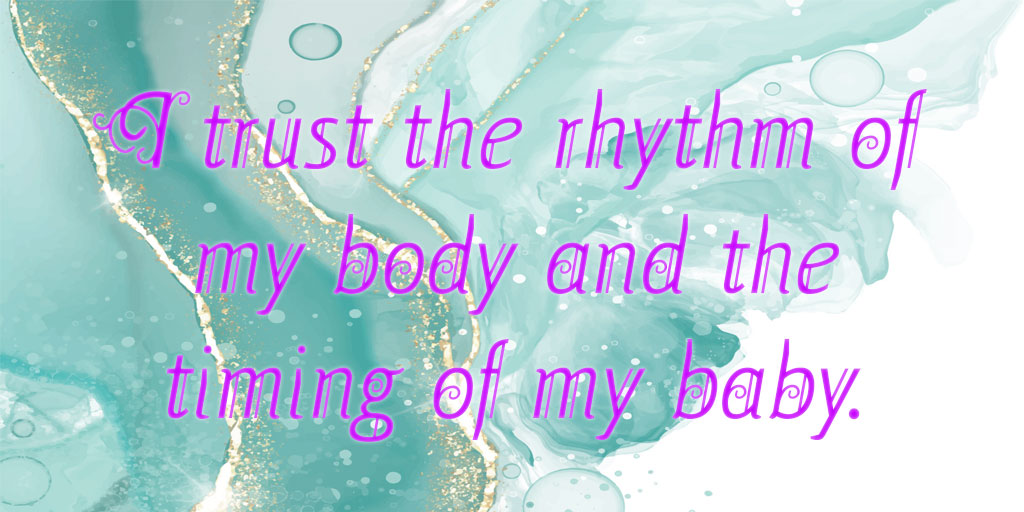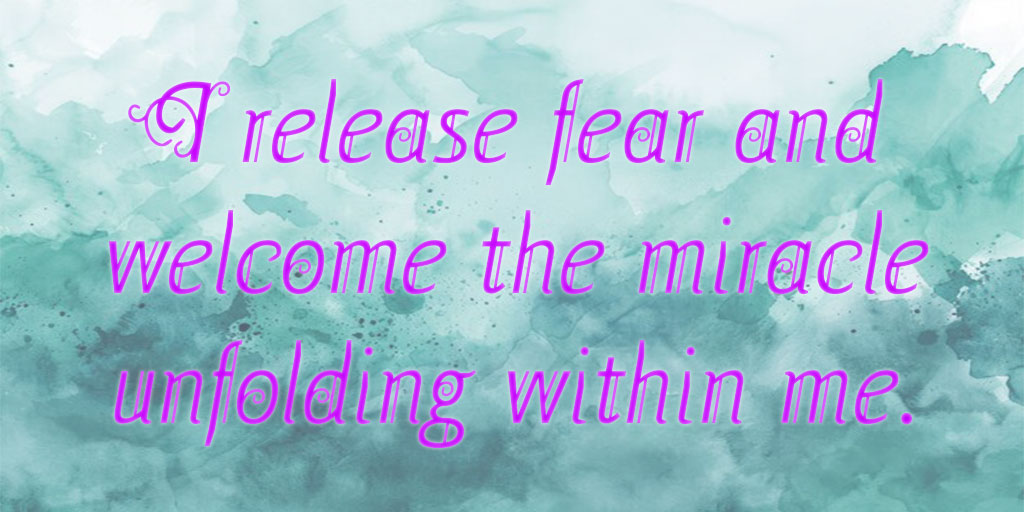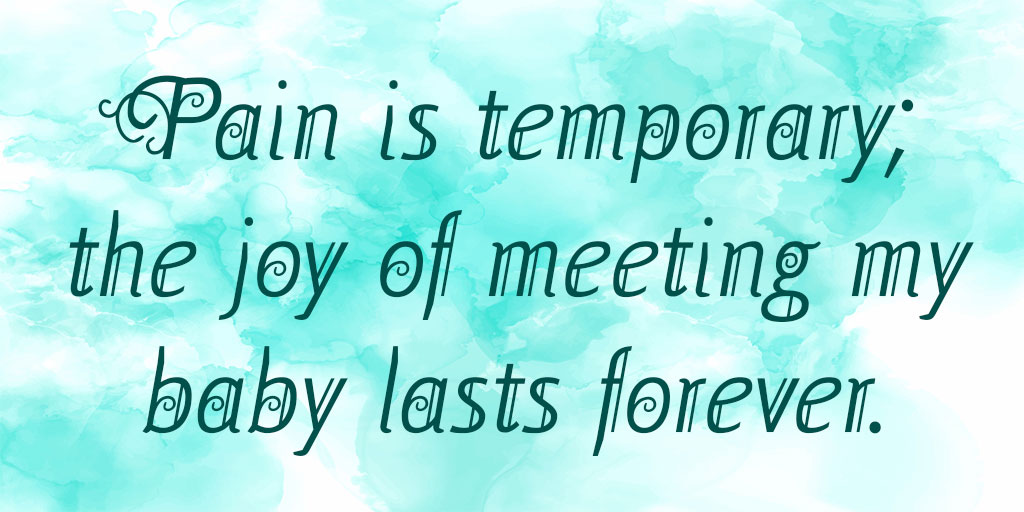Hypnobirthing
How to Reframe Labor and Birth
The human mind is extremely powerful and can shape your birth experience. We can instill fear in ourselves and feel that there is no way to overcome birth aside from common birth interventions and medical pain relief. On the contrary, we can choose the opposite path of relaxation and bypass the pain by belief and compassion. The key is to remove yourself from the sympathetic nervous system and practice moving your consciousness to the parasympathetic nervous system. We can achieve this goal by practicing relaxing and regulating our bodies with simple breathing techniques. Your experience will be influenced by your mind regardless of the path you take to get there.
Positive Affirmations
Hypnobirthing Tool Kit
Birth and labor is like your own personal marathon, and if you put in the work while you are growing your baby you will reap the benefits during the final count down. I’ve been reading, exercising, meditating, taking birth classes, going to a Webster Certified Chiropractor and also scheduled an appointment with a Pelvic Floor Physical Therapist to learn more about breath work and corresponding exercises to help me prepare for labor at a birth center; with no choice for an epidural or other common alternatives to medical pain relief typically found in a hospital setting.
Siobhan Miller, author of Hypnobirthing Practical ways to make your Birth Better, has introduced me to a drug free way to control pain during my upcoming labor and birth marathon. It really is simple, but takes practice to train the mind. Luckily, I came from a meditative background and have learned many breathing techniques throughout my life. I also have practiced self-hypnosis with my partner and learned how to relax and let go of the weight of the world.
Breath Work
Up Breathing – Breathing in deeply through your nose; inhale-2-3-4. Narrow your lips like you have a straw in your mouth and exhale-2-3-4-5-6-7-8. The goal is to spend twice as long on the exhalation as the inhalation, 4 counts in and 8 counts out. This is a simple way to begin practicing, but if you feel out of breath on the exhalation, don’t hold your breath! Simply cycle back and forth and center your focus within (if this is difficult, a good strategy is to visualize your 3rd eye or a ball of light in the center of your forehead). This “up-breathing” technique is to relax the body during “contractions” or you might want to reframe them in your mind and call them “surges” or “waves.” Siobhan recommends practicing this cycle ~ 4-5 reps, which is roughly the length of “active labor” contractions. To deepen the relaxation of this box breathing technique, you can also visualize something going up like a balloon, sunrise, or a bird soaring through the sky.
Down Breathing – Also known as 360 breath. Imagine a ring around your hips as you inhale, this ring expands. When you exhale your pelvis contracts. It may help to visualize blowing out a candle with each exhale. This would typically be the breathing technique when the pushing phase begins. There are no counts involved with down breathing, you want to connect with your body and visualize your breath moving downward through your body with each surge. Therefore, you might find it’s easier to do this part with your eyes closed. To deepen the relaxation of this “down-breathing” technique, you can also visualize something going down like rose petals flowing down a river bed, or your cervix opening up like a rose bud.
Light Touch Massage
Soft Fingers – Close your eyes and have your birthing partner talk to you slowly and just barley touch / stroke your skin. When done correctly it may start to tingle and can sometimes feel like a tickle. Focus your attention on the area they are touching and block out anything else. This is a mindfulness strategy, where you leave your thinking mind and become aware of the soft touch sensation in the present moment.
TENS Machine – Another way to simulate light touch massage is to use a TENS machine. Place the pads on your lower and middle back on either side of your spine. You don’t want to use this during the surges, only in-between surges to deepen your relaxation and connection with your baby. The ability to relax helps us tap into the parasympathetic nervous system, which provides oxytocin (that fuels the surges) and endorphins (the bodies natural pain killer).
Guided Relaxations
Due to the subjective nature of self-hypnosis, no script will be a one size fits all. My partner often gauges my level of relaxation based on my facial expression and body language. He will then continue with repetitions or move on to the next phase based on how relaxed I look and act. It’s recommended to edit, practice and record a variety of scripts and script durations for different purposes and times to use during labor. If your partner can’t take hypnosis seriously or the recordings end up feeling rushed and aren’t helping you relax; record your own voice instead or as well. Sometimes the only voice you will want to listen to is your own voice, this can be particularly helpful during a wobble / the transition phase of labor. I tend to prefer the voice of my partner, as it’s gentle, familiar, and comforting to me.
Positive Affirmations
Create and print or buy labor and birth affirmation cards and have your birth partner read them to you during your surges (see gallery above for examples).
Relaxation Triggers
Explore ways that you already use to relax or become entranced. Siobhan’s guided relaxations that involve touch could be a trigger, but everyone is different. Thus, it’s important to experiment and see what works best for you. Bring your attention to the 5 senses and brainstorm what do you find particularly relaxing? Aromas (essential oils / room spray); visualizations (create a happy place you can visit during your time of need); music or recordings (bring music you’ve heard a lot and love as well as meditation music that would be good background music for your guided relaxation recordings); contact comfort (light touch massage, hot or cold objects / props to regulate body temperature); and finally what drink or snack can you consume slowly and mindfully? In all these instances becoming completely present (in the now), will allow you to slip into this deeper state of relaxation without much effort or prep work, and act as a relaxation trigger or shortcut. They will become more effective as you practice them, and help you zone in (or out) on cue during labor.

